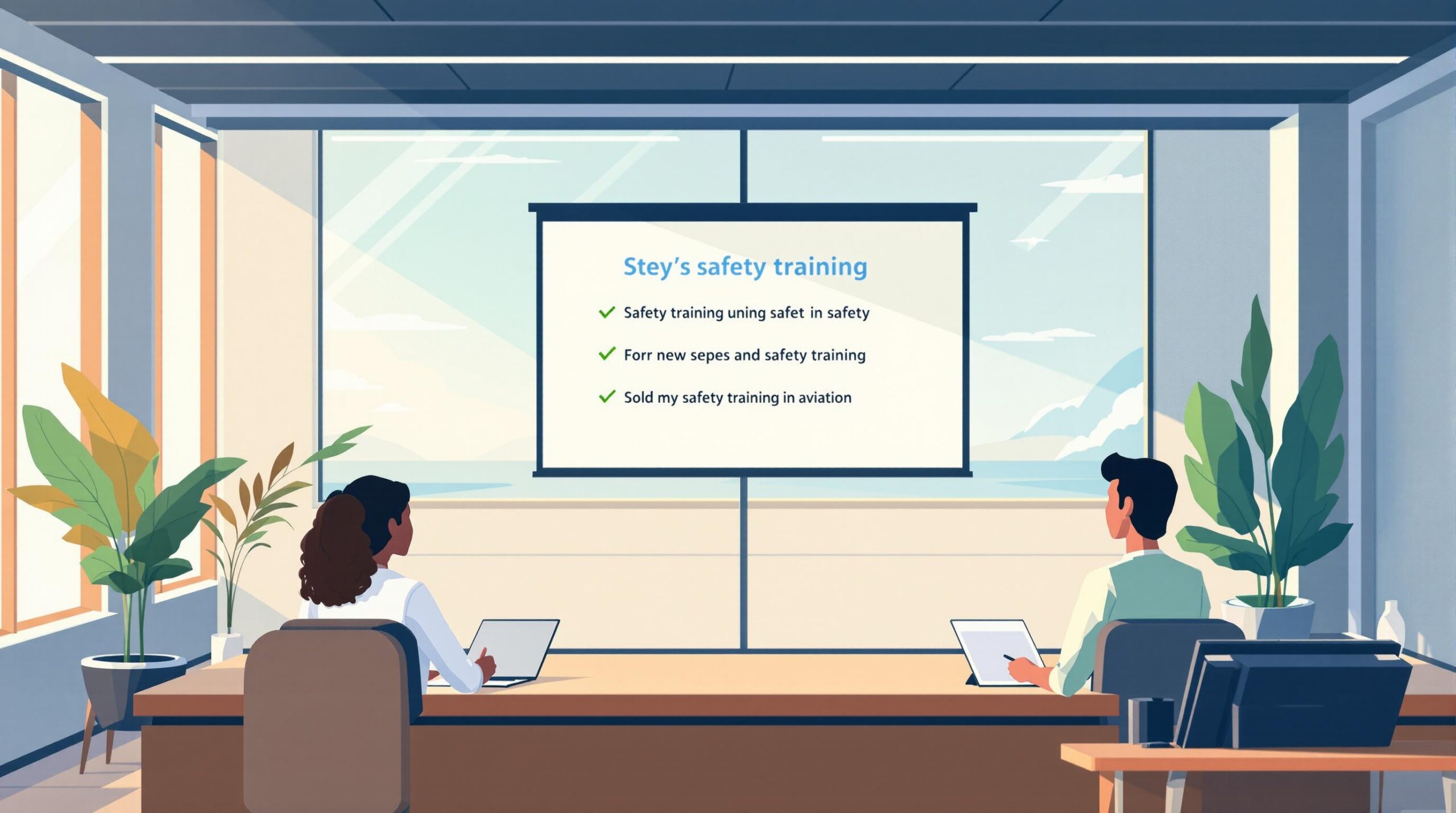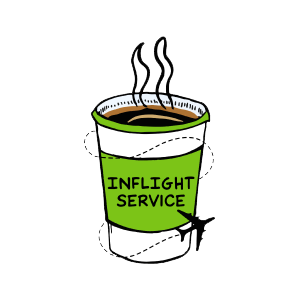Want to land your dream airline job? Start with a flawless logbook. Here’s what you need to know:
- Accuracy matters: Logbook errors can delay or disqualify applications. Follow FAA rules (14 CFR § 61.51) and double-check your entries.
- Organize smartly: Use clear categories like Total Time, PIC/SIC, Night Flying, and Instrument Time. Include subtotals and running totals for easy verification.
- Digital vs. Paper: Digital logbooks reduce errors and automate calculations, but keep a paper backup for reliability.
- Interview prep: Use tabs to mark key sections (e.g., Total Hours, Checkrides) and create a summary sheet for quick access.
Pro Tip: Tools like Pilot Pathfinder simplify the process with automated calculations and interview prep features.
Ready to optimize your logbook? Let’s dive in.
Most Common Logbook Mistakes That Are Killing Your Flight Hours
Logbook Format and Structure
A well-organized logbook is crucial for meeting FAA standards and passing airline reviews. Interestingly, 67% of pilots now rely on digital logbooks while keeping paper copies as backups . This setup plays a major role in minimizing errors, which we’ll explore later.
Entry Format Standards
Every logbook entry needs specific details to comply with FAA and airline rules. These include:
- Date of flight
- Aircraft details: make, model, and identification number
- Departure and arrival locations
- Flight time breakdowns: pilot in command (PIC), second in command (SIC), solo hours
- Type of operation: day, night, or instrument flying
- Pilot’s signature
For operations under Part 121, don’t forget to add flight numbers and crew positions .
Flight Category Organization
Organizing your flight hours properly is key for smooth verification during job applications. Use clear sections for categories such as:
| Flight Category | Details |
|---|---|
| Total Time | All accumulated flight hours |
| PIC/SIC Time | Hours as pilot in command or second in command |
| Cross-Country | Flights between different airports |
| Night Flying | Hours logged from sunset to sunrise |
| Instrument Time | Time spent under IFR conditions |
Make sure each page includes subtotals for each category, and carry running totals forward . This setup not only speeds up checks but also highlights your attention to detail – something airlines value highly.
Paper vs Digital Records
Choosing between paper and digital logbooks affects how efficiently you can manage your records. Here’s a quick comparison to help you decide:
| Factor | Paper Logbooks | Digital Logbooks |
|---|---|---|
| Reliability | No tech required | Automatic backups ensure safety |
| Calculations | Manual (risk of errors) | Automated for accuracy |
| Accessibility | Always available | Needs a device or internet |
| Interview Use | Original document ready | May require printing |
Both formats have their strengths, so many pilots use a combination to stay prepared for any situation.
Common Mistakes to Avoid
Mistakes in logbooks can be a major roadblock to landing an airline job. While good formatting helps (as we discussed earlier), avoiding common errors is just as important.
Hour Calculation Errors
Math errors are a frequent issue in applications. Here are some specific problem areas and how to address them:
| Error Type | Problem | How to Fix It |
|---|---|---|
| Decimal Errors | Incorrect totals | Stick to a consistent decimal format |
| Total Transfers | Totals don’t match | Double-check transfers every month |
| Category Overlap | Hours counted twice | Use separate columns for each type |
Using digital tools can simplify these calculations and help you stay accurate while following regulations .
Missing or Unclear Entries
Incomplete entries are another common stumbling block. Two frequent issues are:
- Instrument Time: Missing details about instrument time during training flights often lead to delays in verification.
- Pilot Roles: Ambiguity in defining your role (e.g., PIC or SIC) can confuse reviewers.
Make sure your entries are clear and complete to avoid unnecessary hold-ups.
Fixing Past Mistakes
If you’ve made errors in the past, it’s essential to correct them properly. The FAA has specific guidelines for this:
- Paper Logbooks: Cross out mistakes with a single line, making sure the original text is still visible. Add your initials and the date.
- Digital Logbooks: Use systems that create timestamped audit trails.
- For major corrections, attach a brief explanation to clarify the changes.
To catch mistakes early, perform quarterly audits of your logbook. Digital tools (like the ones mentioned earlier) can make these audits faster and more efficient. Regular checks ensure your logbook stays accurate and aligns with the organizational tips we covered in Logbook Format and Structure .
sbb-itb-de05b1b
Digital Tools for Logbooks
Digital tools are transforming how pilots manage their logbooks, offering automated solutions for tasks like:
- Improving data accuracy
- Streamlining workflows
- Tracking compliance
Pilot Pathfinder Features

Pilot Pathfinder is designed specifically for airline applicants, offering tools tailored to their needs:
| Feature | Benefit |
|---|---|
| Military Time Conversion | Converts military flight hours into civilian equivalents automatically |
| Application Auto-Fill | Populates airline forms with verified logbook data |
| Interview Prep Tools | Provides resources to prepare for interviews |
One standout feature is its ability to convert military flight hours into civilian formats, simplifying the application process for transitioning pilots. Priced at $149/year, it focuses on helping users advance their aviation careers.
Software Comparison
Here’s how Pilot Pathfinder stacks up against other popular logbook tools:
| Software | Primary Focus | Key Advantage |
|---|---|---|
| ForeFlight | Flight Planning | Integrated navigation tools |
| LogTen Pro | Regulatory Compliance | Advanced custom reporting options |
| Pilot Pathfinder | Career Transition | Automated application features |
ForeFlight is known for its navigation and flight planning capabilities . LogTen Pro offers advanced customization to meet regulatory requirements . Pilot Pathfinder stands out with its browser extension that links logbook data to potential interview questions, making it a great tool for career-focused pilots.
When choosing a digital logbook tool, look for features like:
- Cloud backup and cross-device syncing for easy access
- Compliance with FAA electronic recordkeeping standards
- Integration options for importing existing data and exporting to airline formats
- Strong security measures, like encryption, to protect your information
Interview Logbook Prep
Preparing your logbook well can turn a potentially stressful airline interview into a smooth experience. The formatting tips and error-checking strategies discussed earlier are essential for getting ready.
Quick Reference Setup
During your interview, having a quick-access system is a game-changer. Use tabs to mark these key sections:
| Section | What to Include |
|---|---|
| Total Hours | PIC, SIC, cross-country, night, instrument |
| Recent Experience | Last 12 months of flight activity |
| Checkrides | Dates, aircraft types, and results |
| Special Qualifications | Type ratings, instructor certificates |
| Part 121/135 | Airline or charter experience |
Keep a summary sheet at the very front of your logbook for quick access. This simple step ensures all your hard work maintaining records pays off when it matters most.
Hours Summary Sheet
Your hours summary sheet should be both detailed and easy to scan. Focus on these elements:
1. Primary Categories
- Include actual and simulated instrument time.
2. Recent Experience
As highlighted in the "Common Mistakes to Avoid" section:
- Currency status
- Types of operations
- Total hours logged
Interview Questions
Be ready to answer logbook-related questions with examples from your flying history. Common questions might include:
"What was your most challenging flight?"
When responding, structure your answers effectively:
- Overview: Total hours and career progression.
- Achievements: Highlight flights that showcase growth and skill.
- Gaps: Offer brief, honest explanations for any gaps in your logbook.
- Currency: Emphasize recent and relevant flying experience.
If you’re a transitioning military pilot, make sure your flight hours are converted accurately to civilian terms to avoid confusion during the interview.
Conclusion
Keeping a well-organized and precise logbook is essential when applying to airlines. Success comes down to paying close attention to detail and maintaining consistent documentation. By following FAA guidelines and meeting airline-specific standards, your logbook can effectively showcase your aviation experience. These habits work hand-in-hand with the organizational tips and error-checking methods discussed earlier.
As highlighted in the Digital Tools section, platforms like Pilot Pathfinder simplify the process. They offer features like automated calculations, secure storage, and direct integration with airline applications, making it easier to meet application requirements while ensuring accuracy.
FAQs
What needs to be included in a pilot logbook?
The FAA requires you to log details like flight dates, aircraft information, departure and arrival locations, pilot roles, and flight conditions. If a safety pilot is involved, their name must also be recorded. These details should follow the FAA-compliant formatting guidelines outlined earlier in the Entry Format Standards section .
How should corrections in a logbook be handled?
If you need to make corrections, do so clearly and professionally. Keep an audit trail for any major changes to ensure transparency. For detailed steps on how to address errors, check out the Fixing Past Mistakes section mentioned earlier.
What’s the best way to fill out a pilot logbook?
Use permanent ink to log all flights and include all FAA-required details. To prepare for interviews, consider creating a separate summary sheet for your flight hours, as explained in the Hours Summary Sheet guidelines. For airline-specific tips on presenting your logbook, refer to the Interview Logbook Prep strategies.
Consistency is key. Regularly review your entries to ensure they meet FAA and airline standards. Conducting periodic audits, as discussed in the Common Mistakes section, can help you stay accurate and organized.




